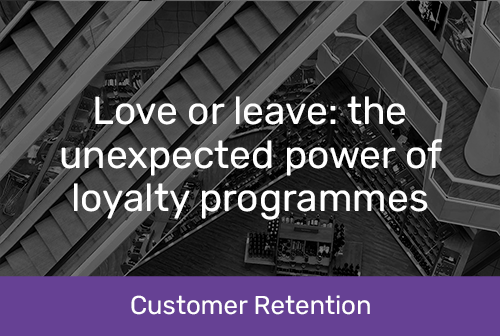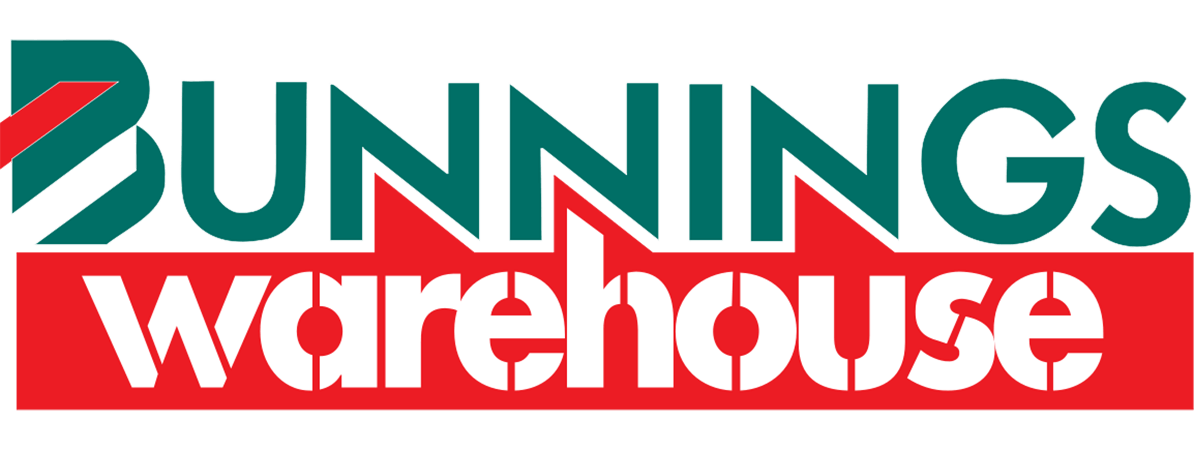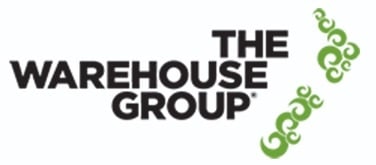
Love or leave: the unexpected power of loyalty programmes
Loyalty programmes can get a bad rap. Consumers joke about loyalty cards piling up in wallets without much of a payoff – if any – while some businesses think of them as an expensive and pointless exercise (no pun intended). After all, what’s the business benefit of swiping cards and doling out discounts? Do customers really want to be part of your VIP club, team or special membership group? Or are they just discount chasers looking for a deal?
As it turns out, not all customer loyalty schemes are created equal. A basic scheme, with gradual points collection and an eventual voucher, is unlikely to deliver much value to your customers or your business. But a well-designed, personalised programme, focusing on engagement and making customers feel appreciated, can have a real impact.
Effective loyalty programmes can increase retention and customer lifetime value, improve the customer experience and your brand reputation, and help you build a base of loyal, long-term customers. They’re also valuable tools for customer data collection, giving you a constant stream of information about customer behaviour that can be used to drive marketing campaigns and personalisation.
The power of loyalty programmes
A loyalty programme isn’t just about increasing revenue by incentivising purchases – it can also help you keep customers coming back, boost the long-term value of each customer, and act as a point of difference that helps you stand out from the competition.
Here’s a look at some of the key benefits:
Increase revenue
How does investing in a loyalty scheme, offering discounts, and giving vouchers away lead to increased revenue? An effective programme not only makes your customers want to visit your business more often, but they’ll also spend more when they do. This helps to boost ROI on programme expenses and increase revenue in the long term. The numbers bear this out – one study found that 90% of loyalty programme owners report a positive ROI, with an average return of 4.8X the programme value. Our experience lines up as well. One of our clients, furniture and homewares retailer Freedom, reports that loyalty programme members spend an average of 22% more than non-member shoppers.
Boost retention
Customer retention gives you a solid, reliable customer base and helps you save on acquisition. Converting a prospective customer costs roughly 5 times as much as serving an existing one. A well-designed loyalty program creates a captive audience, offering a powerful opportunity to strengthen retention and engagement. By implementing the right strategies, you can nurture long-term relationships, making customers feel valued and engaged and increasing their loyalty to your brand.
Raise customer lifetime value
What happens when customers spend more and stick around for longer? Their lifetime value to your business increases. Customer Lifetime Value (CLV) is a measure of the revenue a customer represents over their entire relationship with your brand. A well-designed loyalty programme can boost this metric significantly, ensuring you get more value from each customer over time.
Stop competing solely on price
Competing on price can bring in customers, but it doesn’t tend to drive loyalty. If price is the only way to differentiate your business, then customers won’t hesitate to leave when a competitor undercuts you. A loyalty programme can be another way to make your business stand out, particularly if you offer unique rewards or a gamified experience that keeps customers engaged.
Improve word-of-mouth marketing
When you create a strong base of loyal customers, you’re also creating a network of brand advocates – at no extra cost. Customers who feel a strong connection to your brand and have positive experiences are far more likely to recommend you to friends and family. This organic word-of-mouth promo is often far more powerful than paid channels, as it comes from a trusted source, not a marketing team.
Gather customer data
A loyalty programme offers a valuable opportunity to gather rich, up-to-date customer insights. While you can collect customer information through your sales or CRM systems, a loyalty programme allows you to collect more detailed information and track interactions over time. This deeper understanding can also help you improve your programme by personalising customer offers and spotting trends.
Want to find out more about the benefits of loyalty programmes? Download our free Loyalty Guide.
How to implement a loyalty programme effectively
Loyalty programmes can deliver a range of business benefits, but only if they’re well-designed and effective. Schemes that are boring, overly complicated or impersonal can miss the mark with customers, making them far less valuable to your business.
Here’s how to build a programme that works for you and your customers:
Align with your brand values
A mismatch between your loyalty programme and brand values may be obvious and off-putting to your customers – after all, they choose to shop or work with your business in part because of those values.
For example, if your core values are ethical consumption and sustainability, rewarding loyalty with Airpoints or other travel-related incentives would feel incongruous. Similarly, if you’re a tech company selling yourself on cutting-edge innovation, a clunky, outdated loyalty system could make customers think less of your business overall.
Take a step back and think about how your loyalty programme aligns with your brand values.
Personalise the benefits
Customers are loyal when they feel valued and they feel valued when you show that you know and understand them, creating a strong emotional connection. This is where personalisation – driven by customer information – comes in.
Tailored messaging, rewards and benefits create a memorable loyalty experience. Even simple gestures can make a big impact, like sending a special reward on a customer’s birthday using the information they shared at signup.
Taking it a step further, you can offer personalised discounts or exclusive perks based on past behaviours or preferences. For example, customers who frequently buy in your ‘luxury foods’ category could receive special access or free samples when you release a new product in that area. By aligning rewards with individual interests and behaviour, you strengthen emotional connections and keep customers engaged.
Mix up rewards
A loyalty programme should incentivise your customers to keep coming back – the same old rewards won’t do that. The best programmes offer different types of rewards and membership levels to keep customers interested. This could include early access to sales, personalised or VIP customer service, presale tickets to events or special access to downloadable content. Many businesses work with partner organisations to extend the value of rewards even further – think gifts from a supplier or free entry to a food show or festival where your business has a stall.
Leverage data for insights
The customer information you collect through your loyalty scheme can help you tweak, improve, and personalise as you go. Customer purchases and sign-up information can be used to personalise rewards and offers, while a wider lens on loyalty data can help you identify issues and opportunities within the programme.
New Zealand clothing retailer Postie+ is a good example. When we ran an analysis of its loyalty programme, we uncovered a couple of key insights: some customers were accumulating more rewards and points than their spending would indicate, while a group of high-value customers was being under-rewarded. These findings led Postie+ to make some simple changes around how points and rewards were assigned, helping it incentivise those truly loyal customers and maximise the value of its programme.
Measure and evaluate regularly
As with any business initiative, a loyalty programme works best when it’s tracked, measured, and evaluated regularly. You should have a process in place to monitor your programme, complete with key metrics – for example, you might look at the average spend of loyalty members compared to non-loyalty members, examine sign-up rates for a period, or check for signs that a loyalty member is about to leave.
Tips to reduce churn in your loyalty programme
Churn, also known as customer attrition or turnover, is a given in every business – and it can also affect your loyalty programme. Churn happens when a customer leaves your business for a competitor or simply stops shopping with you.
Churn within your loyalty programme is an indicator that it’s not working well – after all, retention is a key goal for most programmes. While some churn is inevitable, you can get ahead of it with these tips:
Look out for pre-churn behaviour
Customer data can help you define and track signs of a customer at risk of churn. At Datamine, we call this analysis Slider Modelling. We look at past behaviour of customers who did eventually churn and use those insights to develop a list of ‘pre-churn’ actions or clues. For example, customers who reduce store visits, start to spend less in each transaction, or stop opening your marketing emails could all be at risk of churn.
From there, you can use modelling to track those behaviours, identify existing customers who are likely to leave soon, and target them with retention strategies.
Prioritise great customer experience
A loyalty programme doesn’t operate in a vacuum. Even with a well-designed, popular programme, negative customer experiences can still be a major driver of churn – one study found that 86% of customers will leave a trusted brand after just two negative interactions. That’s why the customer experience, in your business as a whole, should be a priority. Think about how customers interact with your brand at different touchpoints, how your website and communications channels work, and how responsive you are to queries or issues.
Get regular feedback
Gathering customer feedback can help you better serve your customers, increasing the likelihood of repeat business. Your loyalty programme is a useful feedback tool, providing a ready-made focus group of engaged customers, along with their contact details. Of course, it’s also important to listen and act on feedback results– otherwise, customers won’t bother next time.
Leveraging loyalty data at Freedom
For Australasian furniture retailer Freedom, revamping its customer loyalty programme led to more value for customers and increased sales for the business. Freedom worked with Datamine to analyse customer data from its myFreedom programme, which led to precise customer profiles and a better understanding of loyalty drivers. Datamine helped it build a marketing automation platform that delivers personalised offers and recommendations to loyal customers, making the experience more engaging.
Now, 80% of Freedom’s sales come from myFreedom members, with customers spending an average of 22% more after joining the scheme. The investment in the programme is paying off, with reward vouchers generating extra spending at around three times the value of the voucher.
Bring your loyalty programme up to speed with Datamine
Developing trust and long-term customer relationships, increasing sales and CLV, keeping customers around, and enhancing data collection – it’s clear that loyalty programmes can deliver some very real benefits for businesses. However, these benefits hinge on a programme that’s thoughtful, responsive and data-driven.
That’s where Datamine comes in. As analytics experts, we assess your current programme, look closely at your customer information, and provide tailored recommendations to optimise its effectiveness. We don’t do one-size-fits-all solutions – it’s about creating a programme that understands your business and your customer base.



















































